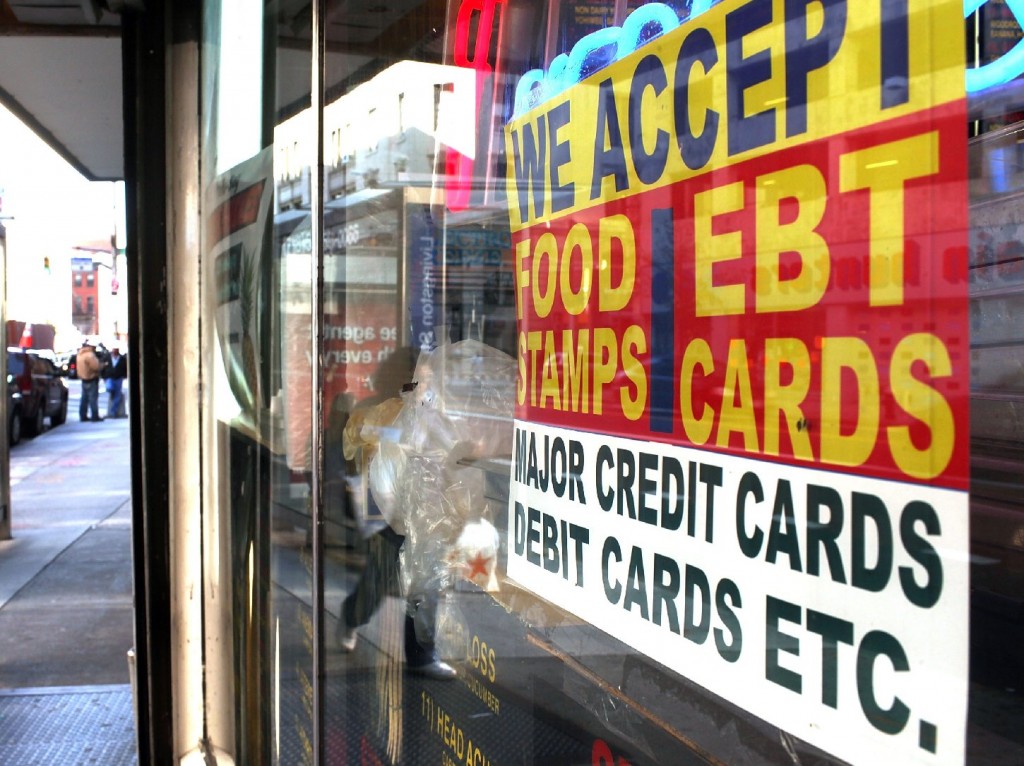
Listen to the Story on Morning Edition

Listen to the Story on Morning Edition
Post by Pam Fessler, Planet Money at NPR (12/4/13)
In the debate over whether to cut the food stamp program, members of Congress are looking at two pretty arcane provisions in the law. People who want to cut food stamps call the provisions loopholes. People who don't want to cut food stamps say they're efficient ways to get benefits to those who need them most.
1. Categorical Eligibility
People who qualify for one means-tested program — like welfare — can automatically qualify for other programs — like food stamps. This is called "categorical eligibility."
Jessica Shahin, who oversees the food stamp program at the U.S. Department of Agriculture, says this saves states time and money, because they don't have to sign people up twice. "It simplifies the process for states," she says.
And besides, says Shahin, people still have to have a very low income — below the poverty line — to actually get the food stamps. (The food stamp program, by the way, is now formally called SNAP.)
But Republicans point out that categorical eligibility has allowed states to waive a $2,000 asset limit for food stamps recipients. So someone could have, say, $20,000 in the bank and still get food stamps. They argue that this allows people who don't need benefits to get them.
Deborah Carroll, who administers food stamps for 130,000 residents in the District of Columbia, say that's very rare — and it would be prohibitively expensive to verify recipients' assets.
"If we had to do that for everyone, it would cost us two, three, four million dollars more to administer that program for a fraction of the population that may have assets out there that we don't necessarily know about," she says.
2. Heat And Eat
Low income families who get help paying their utility bills through the federal Low-Income Home Energy Assistance Program (LIHEAP) can automatically qualify for higher food stamp benefits. States have figured out if they give someone just $1 in LIHEAP payments, that person can receive more food stamps — paid for with federal dollars.
"It may be a loophole, but I think it's one that benefits families," says Carroll.
Lawmakers in both parties want to make this harder for states to do. They say it will save billions of dollars in federal funds.
Copyright 2013 NPR.